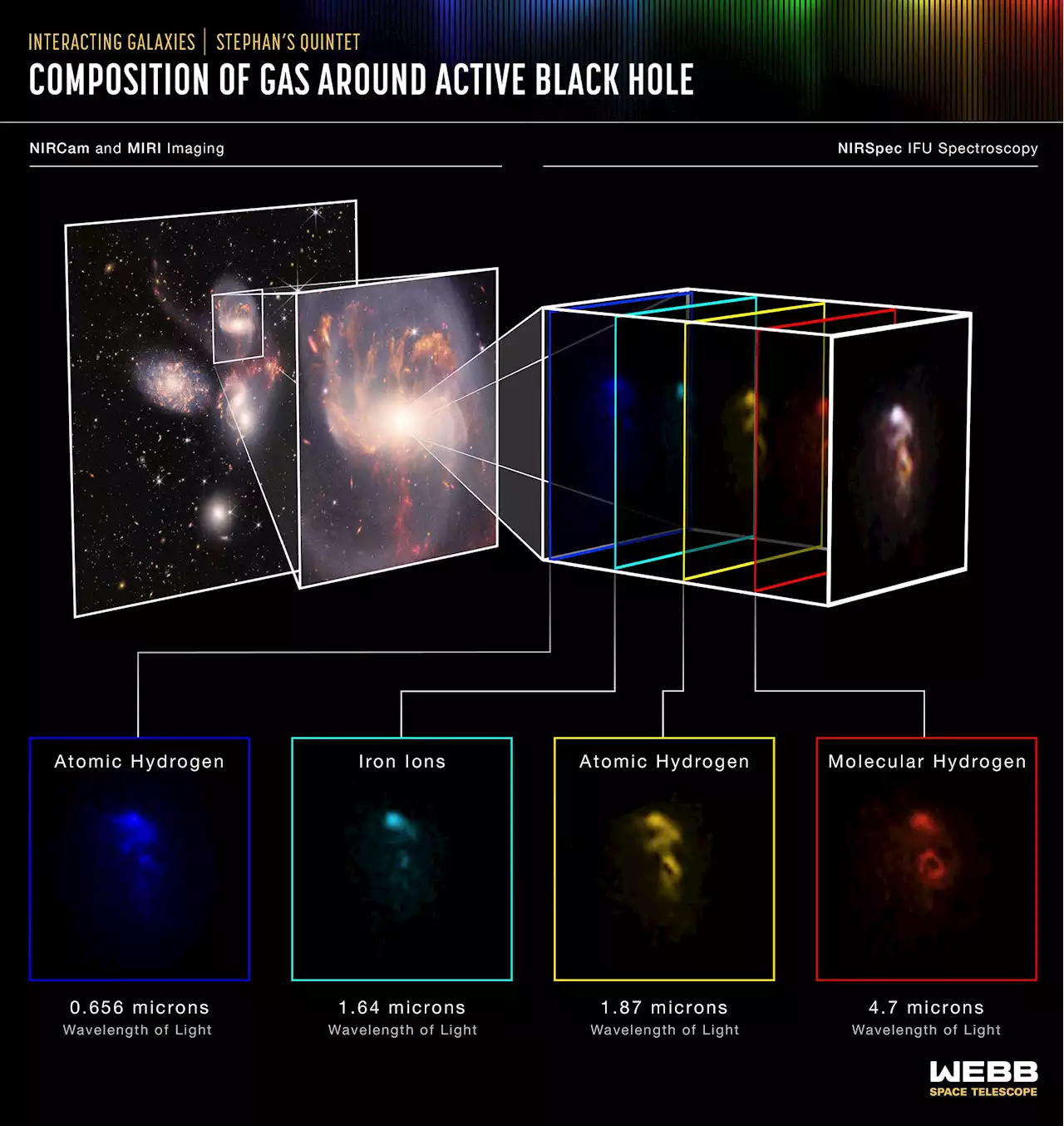The close proximity of Stephan’s Quintet gives astronomers a ringside seat to galactic mergers and interactions. NASA’s James Webb Space Telescope reveals never-before-seen details of the galaxy group called “Stephan’s Quintet” in an enormous new image. The close proximity of this group gives scien
An enormous mosaic of Stephan’s Quintet is the largest image to date from NASA’s James Webb Space Telescope, covering about one-fifth of the Moon’s diameter. It contains over 150 million pixels and is constructed from almost 1,000 separate image files. The visual grouping of five galaxies was captured by Webb’s Near-Infrared Camera and Mid-Infrared Instrument . Credit: NASA, ESA, CSA, STScI
The top spectrum, from the black hole’s outflow, shows a region filled with hot, ionized gases, including iron, argon, neon, sulfur, and oxygen as denoted by the peaks at given wavelengths. The presence of multiple emission lines from the same element with different degrees of ionization is valuable for understanding the properties and origins of the outflow.
Some of the key emission lines seen by NIRSpec are shown in this image and represent different phases of gas. Atomic hydrogen, in blue and yellow, allows scientists to discover the structure of the outflow. Iron ions, in teal, trace the places where the hot gas is located. Molecular hydrogen, in red, is very cold and dense, and traces both outflowing gas and the reservoir of fuel for the black hole.
Much like medical magnetic resonance imaging , the IFUs allow scientists to “slice and dice” the information into many images for detailed study. Webb pierced through the shroud of dust surrounding the nucleus to reveal hot gas near the active black hole and measure the velocity of bright outflows. The telescope captured these outflows driven by the black hole in a level of detail that has never been seen before.
United States Latest News, United States Headlines
Similar News:You can also read news stories similar to this one that we have collected from other news sources.
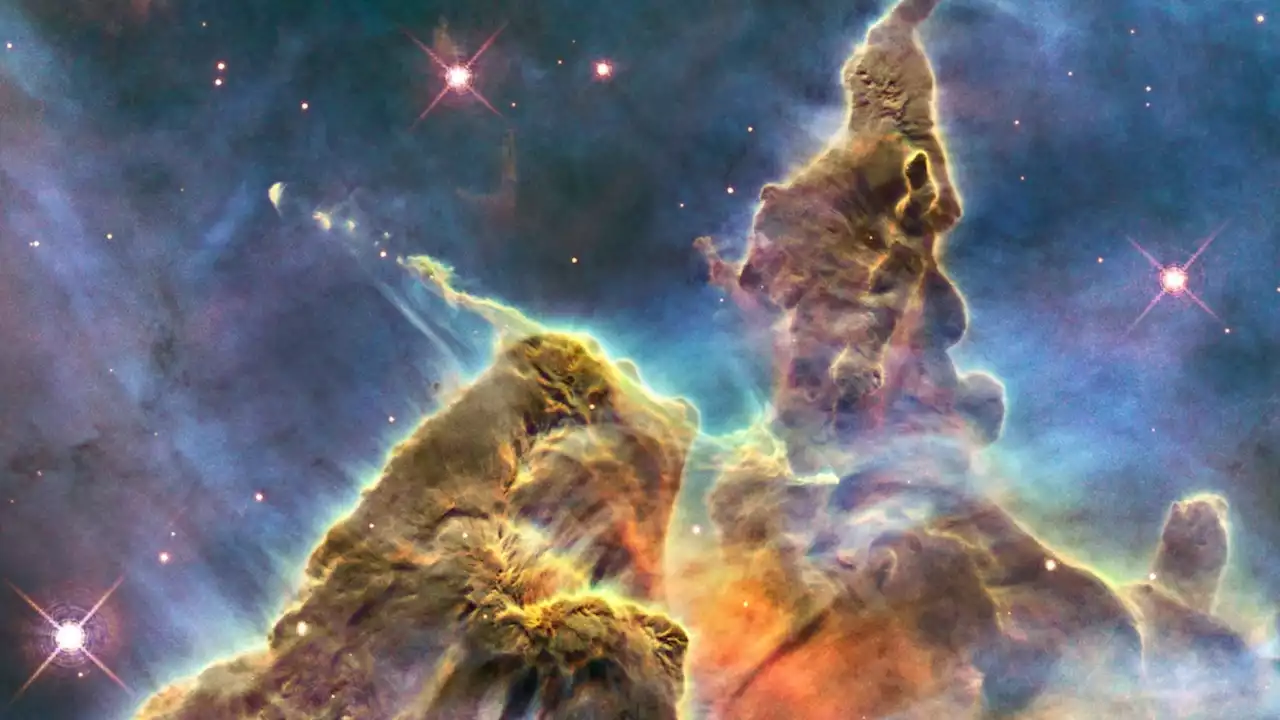 In pictures: NASA’s James Webb Space Telescope celebrated on World Photography DayOn this World Photography Day, interesting engineering presents some of the most stunning photographs from NASA’s James Webb Space Telescope, the largest telescope in the world.
In pictures: NASA’s James Webb Space Telescope celebrated on World Photography DayOn this World Photography Day, interesting engineering presents some of the most stunning photographs from NASA’s James Webb Space Telescope, the largest telescope in the world.
Read more »
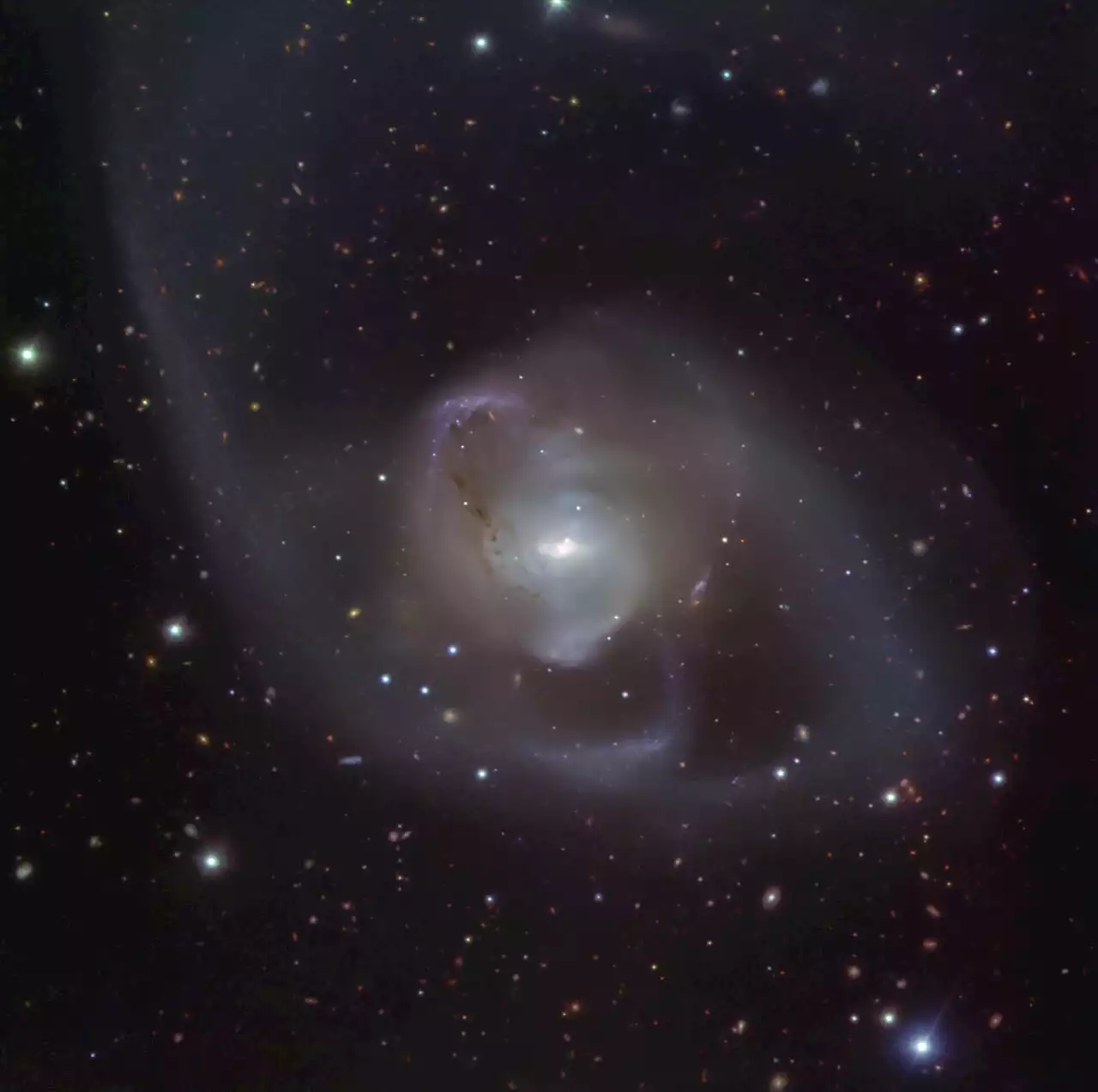 Merged galaxy gives a glimpse at the future of the Milky Way | Digital TrendsAn image from the Very Large Telescope shows a merged galaxy with the closest known pair of supermassive black holes.
Merged galaxy gives a glimpse at the future of the Milky Way | Digital TrendsAn image from the Very Large Telescope shows a merged galaxy with the closest known pair of supermassive black holes.
Read more »
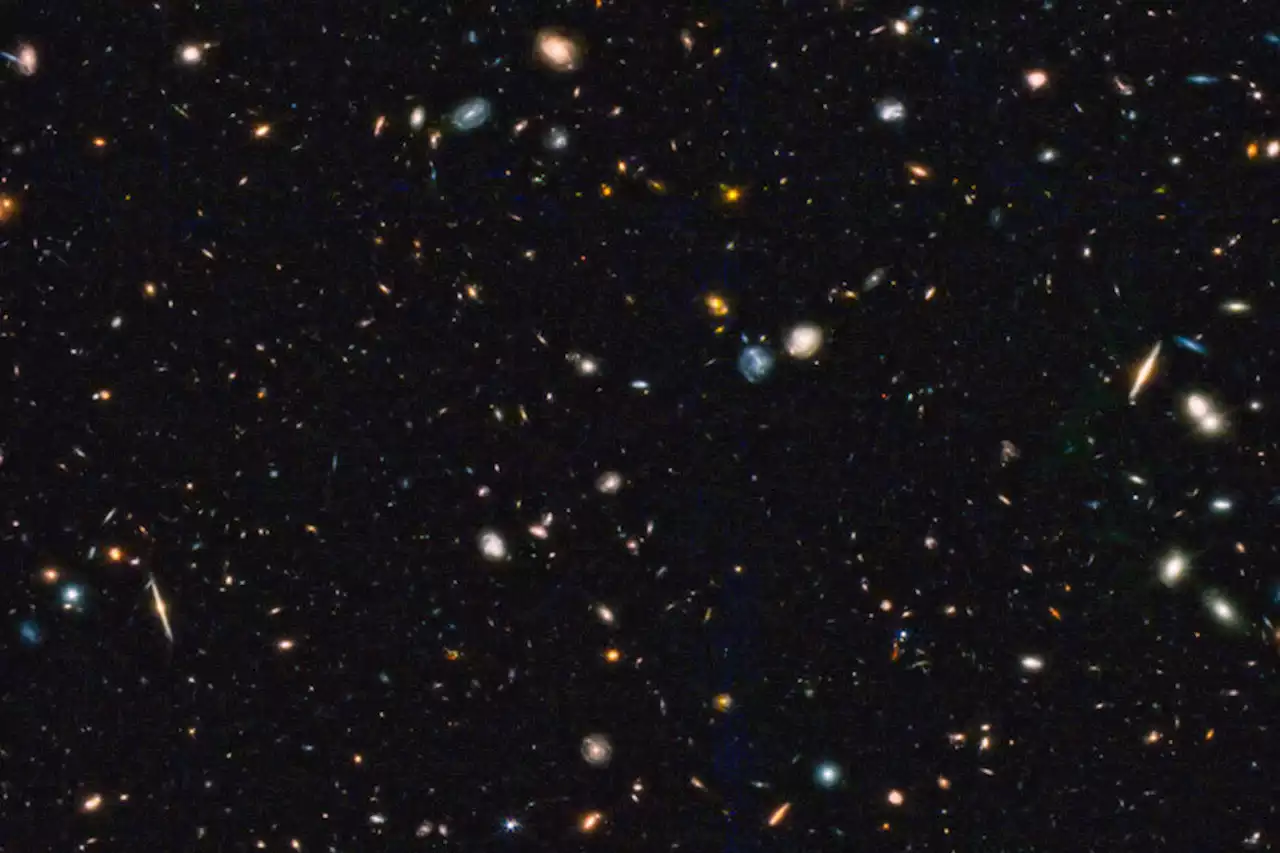 See distant galaxies sparkling in Webb's biggest image yet | Digital TrendsThe wonders of the universe are on full display once again thanks to the James Webb Space Telescope.
See distant galaxies sparkling in Webb's biggest image yet | Digital TrendsThe wonders of the universe are on full display once again thanks to the James Webb Space Telescope.
Read more »
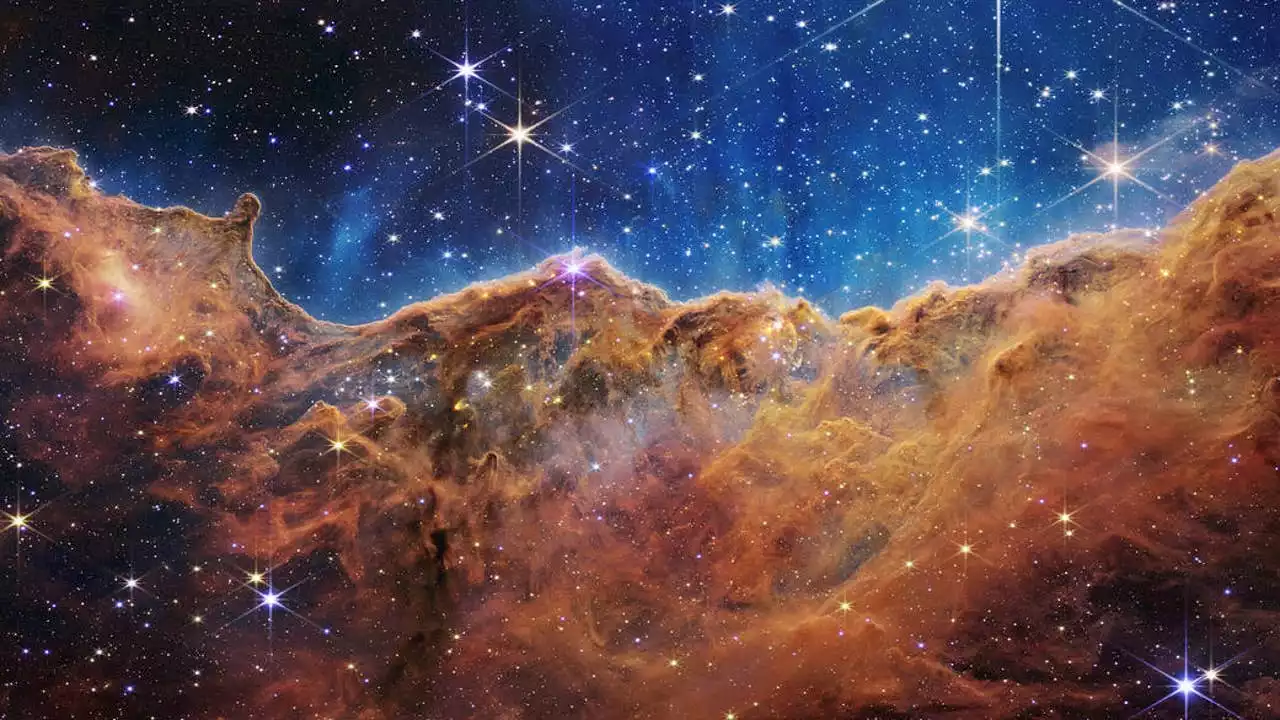 The Webb telescope found 20 new exoplanetary systems. Here’s how you can help name themThe James Webb — the world’s largest and most powerful telescope — launched in December 2021 and traveled a million miles to its final destination.
The Webb telescope found 20 new exoplanetary systems. Here’s how you can help name themThe James Webb — the world’s largest and most powerful telescope — launched in December 2021 and traveled a million miles to its final destination.
Read more »
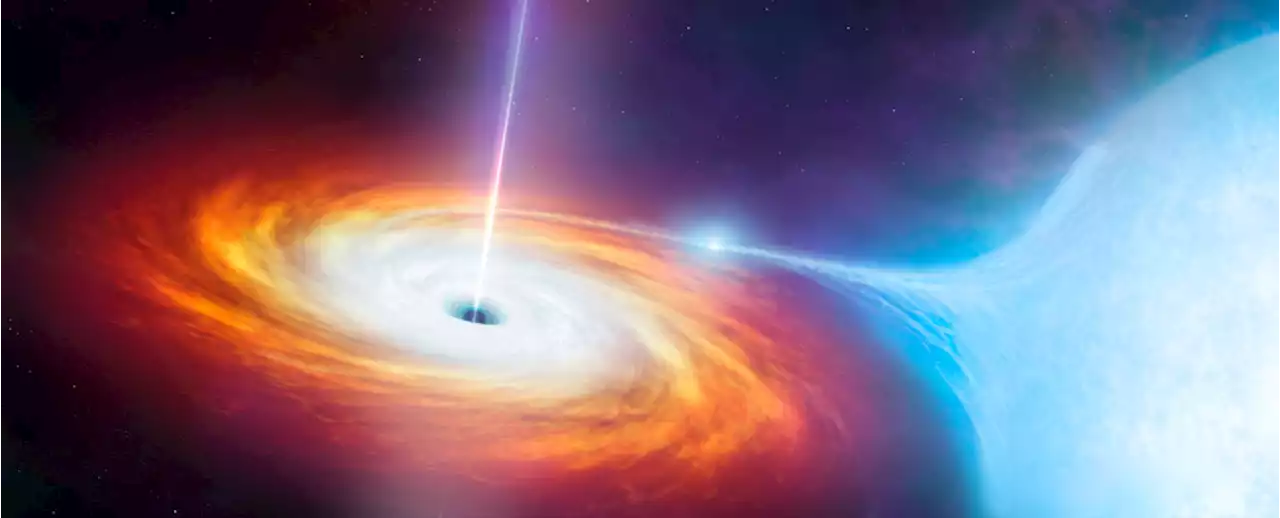 Astronomers Have Discovered a Black Hole Jet That Is 50 Times Larger Than Its GalaxyAstronomers at Western Sydney University have discovered one of the biggest black hole jets in the sky.
Astronomers Have Discovered a Black Hole Jet That Is 50 Times Larger Than Its GalaxyAstronomers at Western Sydney University have discovered one of the biggest black hole jets in the sky.
Read more »
 A month on 'Mars': Flags and footprints of the moon and ArcticRod Pyle is an author, journalist, television producer and editor in chief of Ad Astra magazine for the National Space Society. He has written 18 books on space history, exploration and development, including 'Space 2.0,' 'First on the Moon' and 'Innovation the NASA Way.' He has written for NASA’s Jet Propulsion Laboratory, Caltech, WIRED, Popular Science, Space.com, Live Science, the World Economic Forum and the Library of Congress. Rod co-authored the 'Apollo Leadership Experience' for NASA's Johnson Space Center and has produced, directed and written for The History Channel, Discovery Networks and Disney.
A month on 'Mars': Flags and footprints of the moon and ArcticRod Pyle is an author, journalist, television producer and editor in chief of Ad Astra magazine for the National Space Society. He has written 18 books on space history, exploration and development, including 'Space 2.0,' 'First on the Moon' and 'Innovation the NASA Way.' He has written for NASA’s Jet Propulsion Laboratory, Caltech, WIRED, Popular Science, Space.com, Live Science, the World Economic Forum and the Library of Congress. Rod co-authored the 'Apollo Leadership Experience' for NASA's Johnson Space Center and has produced, directed and written for The History Channel, Discovery Networks and Disney.
Read more »
